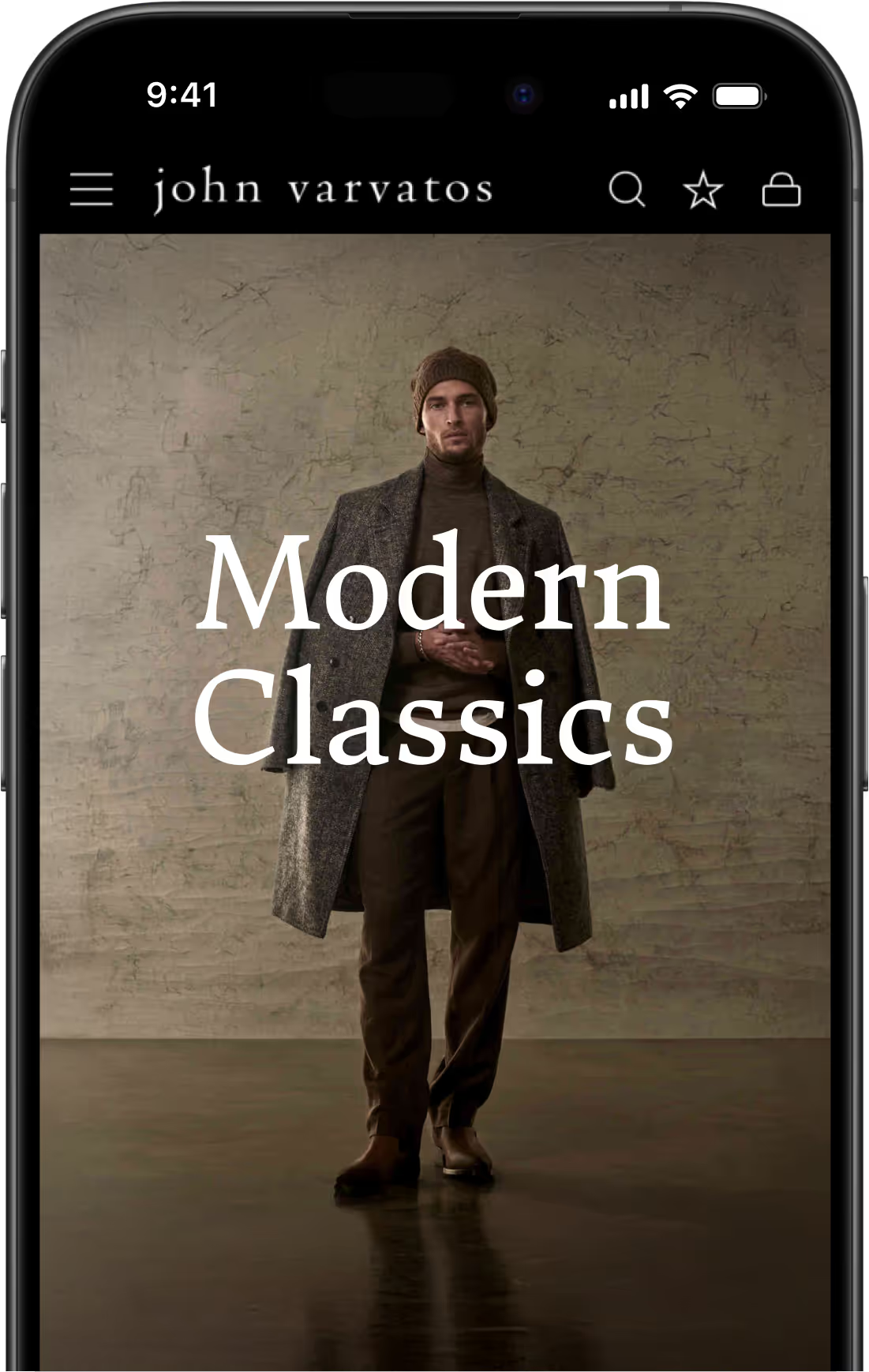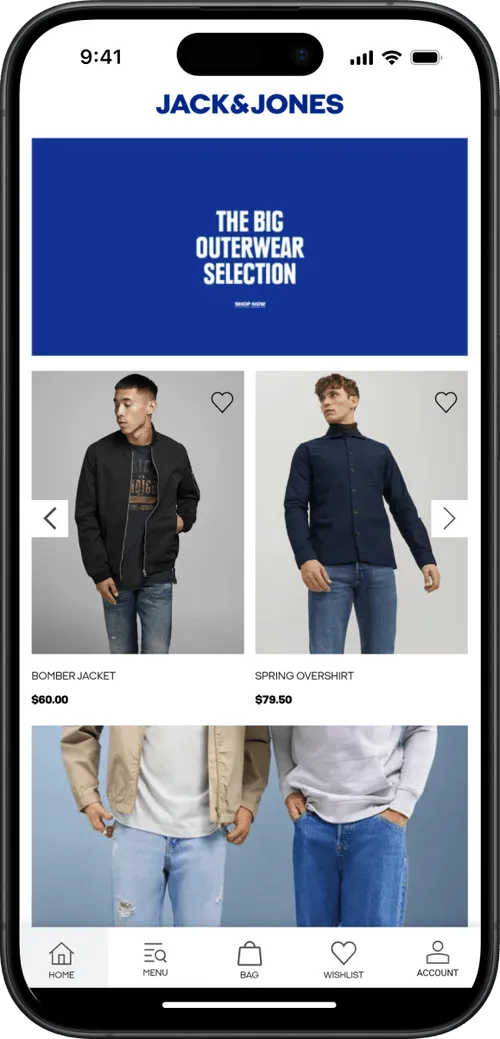How to Create Mobile Apps With AI (2026 Guide)
Building a mobile app used to require months of coding or tens of thousands in development costs. Not anymore.
Thanks to AI-powered no-code platforms, even solo entrepreneurs can now create real, native mobile apps in weeks rather than months. The barrier to entry has dropped dramatically – you can build a functional AI-enhanced app for under $100 plus your time.
But here's the reality check: AI won't magically build your entire app at the push of a button. Think of it as a very smart co-pilot that handles the grunt work while you guide the vision.
Can AI Really Build a Complete Mobile App?
The short answer? Not completely – but it can get you surprisingly far.
What AI Can Fully Automate Today
- UI scaffolding – Generate app layouts and screen designs from simple text prompts
- Data schema generation – Automatically create databases and user workflows based on your app description
- Boilerplate code – Write basic functionality like user authentication, data storage, and API calls
- Basic CRUD workflows – Set up standard create, read, update, delete operations without manual coding
Some platforms can generate app prototypes in minutes. You describe your idea ("a fitness app with workout tracking and AI meal suggestions"), and the AI creates the foundation automatically.
But if you dig deeper, you might find some things missing.
Where Human Expertise Is Still Essential
- Product strategy – Deciding what features matter most and how users should navigate your app
- Edge-case logic – Handling unusual scenarios that AI might miss or get wrong
- Prompt refinement – Teaching the AI to generate better outputs through iterative feedback
- QA & compliance – Ensuring your app meets App Store and Google Play review standards
AI can get you roughly 80% of the way there. The final 20% – polishing, debugging, and user experience refinement – still requires human judgment.
How to Build Your App with AI (Five Paths to Consider)
If you want to leverage the power of AI to build your mobile app, there are a number of different ways to do it.
Choose your approach based on your technical comfort level and app complexity:
1. No-Code Tools w/AI Features
Best for: Simple apps with standard features
Tools: Adalo, Glide, Bubble
Pros: Visual drag-and-drop, AI assist
Cons: Limited customization, potential platform lock-in, limited use of AI
Pure no-code platforms are designed for complete beginners who want to build functional apps without touching a single line of code.
This value proposition aligns tightly with AI app building. So it makes sense that most of these tools now also have AI-powered features.
It’s not exactly “building with AI”, more building “with the assistance of AI”. You’ll still need to work within the confines of the platform, and it’s not as easy as saying “make me a ___ mobile app”.
2. Low-Code with AI Assist (Balanced)
Best for: Apps with a little more customization (for builders with some dev knowledge)
Tools: FlutterFlow, Draftbit
Pros: More flexibility, can export code later
Cons: Steeper learning curve. Still some limitations
Low-code is a midpoint between no-code and custom development. They come with a visual builder, like a no-code tool, but require a little knowledge about how coding works. The idea is not necessarily to allow non-developers to build apps, but to let developers build apps faster.
Also like no-code tools, low-code tools are increasingly becoming AI-powered. They may have the ability to prompt AI to create a specific component, and have it spin the component up for you.
These AI features let you move faster, but again, are not
3. AI Coding Assistants (Developer-Friendly)
Best for: Those with programming experience
Tools: GitHub Copilot, ChatGPT, Claude
Pros: Flexibility, accessibility
Cons: Requires coding knowledge
For developers who want complete control over their mobile app, AI coding assistants act as incredibly smart pair programmers.
These tools understand your coding patterns and can generate entire functions, debug complex issues, and even architect app structures based on natural language descriptions.
This includes LLMs like Chat GPT and Claude. You can ask these platforms to generate code for you. However, the downside is that you still need to understand how to use this code to deploy your mobile app. It’s easy to get stuck if the generated code doesn’t work as expected.
4. AI-Generated Progressive Web Apps
Best for: Quick prototypes and simple use cases
Tools: Replit, Cursor, Lovable, v0.dev, Chat GPT/Claude
Pros: Fastest to build and deploy
Cons: Limited native mobile features
5. AI Mobile App Builders
Best for: Fully AI-built mobile apps
Tools: Rork, Cursor
Pros: Full control, no platform limitations
Cons: Less mature market, may be difficult for fully non-technical people
AI mobile app builders are the way to directly create a mobile app with AI.
There are fewer of these tools available on the market. You’ll find a ton of results if you search for “AI app builder”, but most are either:
- AI web app builders (not able to create native mobile apps)
- No-code/low-code tools with AI features or assistants
Tools like Rork and Cursor, however, actually let you send a prompt with your idea (“I want to create an expense tracking app”) and create a fully-functional mobile app.
It won’t be a one-shot (it’s an iterative process; not creating an entire mobile app with one prompt). But it’s the most AI-first way to build a mobile app today.
Extra: Turn Your AI Web App Into a Mobile App With MobiLoud
One more approach you can consider is building for the web first, with your AI tool of choice, then using using MobiLoud to turn it into a real iOS and Android mobile app.
MobiLoud is a service to turn websites and web apps into mobile apps. It works with any platform or tech stack, giving you the freedom to use any AI app builder (Replit, Cursor, Lovable) and still get fully functional mobile apps.
You'll build for the web first, then we'll turn that web app into a native mobile app. You'll still only have to maintain the web side - your mobile app syncs up automatically.
Why This Hybrid Strategy Works So Well:
- Freedom of choice: Use any AI tool or web builder to create your app. No need to sift through new and fragile AI mobile app platforms.
- Simplified codebase: Build once for the web, and that’s it. MobiLoud keeps your app in sync with your site, so you never manage separate platforms.
- Zero mobile-specific bugs: No worrying about confusing mobile framework errors. Your app works exactly like your site, just wrapped in a mobile shell with native features.
- Real mobile advantages: You still get App Store/Play Store presence, home screen placement, and high-ROI push notifications.
If your goal is to launch an AI-powered app that earns real revenue and doesn't break on you, this combo is hard to beat.
You focus on the web experience. MobiLoud makes it into a mobile app, without any extra effort or complexity.
Already have your website or web app live? Get a free preview of what it will look like as a mobile app.
What To Watch Out For When Using AI to Create Apps
Here are some things to look out for if you decide to go the AI-native route.
Model Hallucinations & Inaccuracies
AI sometimes generates plausible-sounding but incorrect code or advice. Always add guard-rails and human review, especially for regulated industries like healthcare or finance.
Pro tip: Test your AI features extensively with edge cases and unusual inputs.
Latency & Cost of Cloud AI
API calls can add seconds of delay and rack up costs quickly. A popular app making thousands of AI requests daily could see bills in the hundreds per month.
Solution: Budget using usage forecasts and consider caching common responses.
Platform Lock-In
Some builders charge hefty fees to export your raw code later.
Smart move: Choose platforms like FlutterFlow or Draftbit that allow code export, or plan your exit strategy upfront.
Data Privacy & Compliance
When your app sends user data to AI services, you need to handle it responsibly.
Requirements:
- Disclose AI use in your privacy policy
- Filter objectionable AI outputs
- Meet GDPR/CCPA requirements for data handling
App Store AI Policies
Apple and Google now require labeling and moderation for AI-generated content.
Key rules:
- Clearly mark AI-generated content
- Implement content moderation for user-facing AI features
- Avoid deceptive or harmful AI outputs
Skill Learning Curve
"No-code" doesn't mean "no effort." Expect to invest 30-50 hours learning platform workflows if you're building your first app.
Reality check: You'll still need to understand concepts like databases, API calls, and user authentication – the tools just make them visual instead of text-based.
How Much Does it Cost to Build an App With AI?
Cost is, obviously, one of the biggest advantages of being able to use AI to create mobile apps. So just how cheap is it?
Let's break it down, item by item.
- No-code platform plans: $30–$60/month
- AI API usage (OpenAI GPT-4): $0.002/1K tokens
- Developer accounts: Google Play: $25 one-time; Apple: $99/year
- MVP build time: 1–3 weeks solo
Total realistic budget: $100-300 for your first app launch, plus your time investment.
It can certainly vary by complexity. Some projects may cost a lot more.
But compare this to hiring developers: even simple apps often cost $10,000-50,000+ when built traditionally.
What Are Some Best Practices for Building Apps With AI?
Here are some best practices to follow if you’re looking at going down the rabbit hole of AI app creation (especially if you’re planning to generate revenue from your app).
Start With One "Hero" Feature
Don't try to build everything at once. Pick one AI-powered feature that delivers clear value and nail that first.
Example: Instead of "an app that does everything with AI," focus on "a plant identification app that uses AI vision to recognize species."
Prompt Engineering 101
Maintain a library of your best prompts and iterate based on real-world edge cases.
Good prompt structure:
- Context: "You are a fitness coach chatbot..."
- Task: "Help users create workout plans..."
- Constraints: "Keep responses under 100 words and always recommend consulting a doctor..."
Blend AI & Human QA
Combine automated tests with human beta feedback to catch AI hallucinations and edge cases.
Testing strategy:
- AI agents can run thousands of test scenarios quickly
- Human testers catch usability issues and nonsensical AI outputs
- Real users provide the final validation
Monitor & Iterate
Use analytics plus AI summarization to prioritize roadmap updates quickly.
Track which AI features users engage with most, then double down on what works.
Plan for Scale Early
Choose platforms that allow code export or custom plugins once your user base grows.
Scaling path: Start no-code → Add custom features → Eventually migrate to fully custom development if needed.
Final Thoughts
The AI app development landscape in 2026 gives individual creators unprecedented power to build real, functional mobile apps quickly and affordably.
You don't need a computer science degree or a massive budget anymore. But you do need patience, willingness to learn platform workflows, and clear vision for what problem your app solves.
AI accelerates the building process dramatically, but your guidance and iteration make the difference between a demo and a product people actually want to use.
Make sure you understand that building mobile apps with AI isn't as simple as a one-shot prompt, letting AI do all the work. You need to guide it, and it's possible to get stuck if you run into bugs you don't understand.
If you're looking for an AI-powered way to create a mobile app for your existing website, consider MobiLoud instead. It's essentially the same thing: no coding, no rebuilding, just a smooth conversion from website to app, but with no AI hallucinations, no API fees, and a stable mobile app that won't break on you.
FAQs
Convert your website into a mobile app












